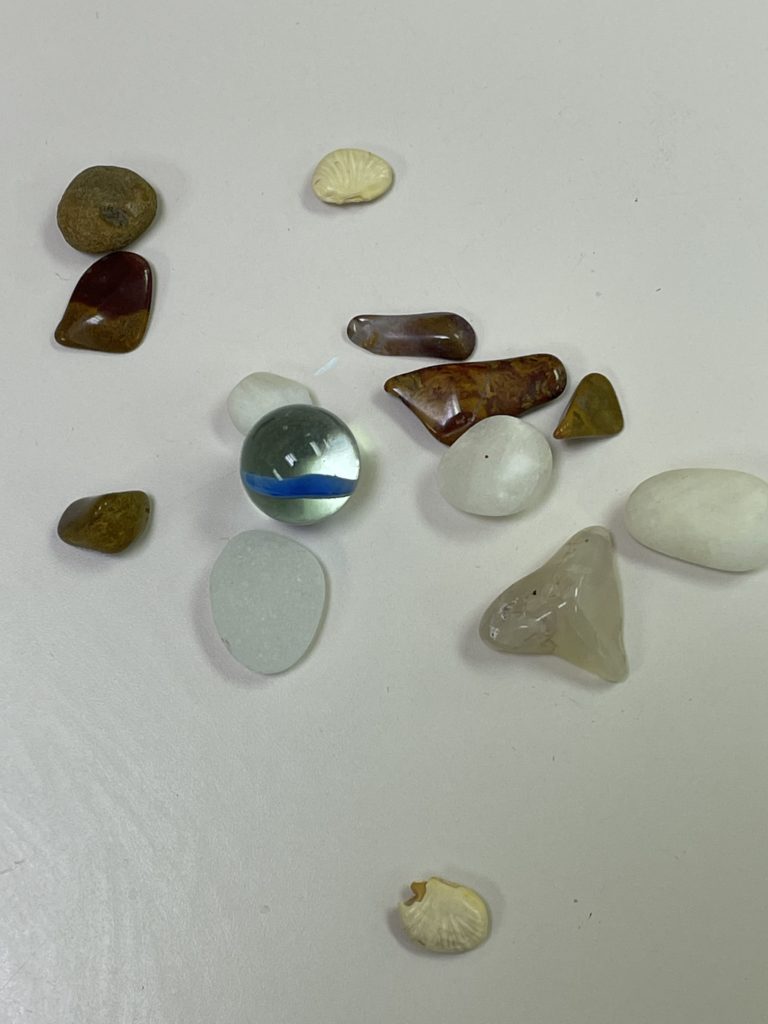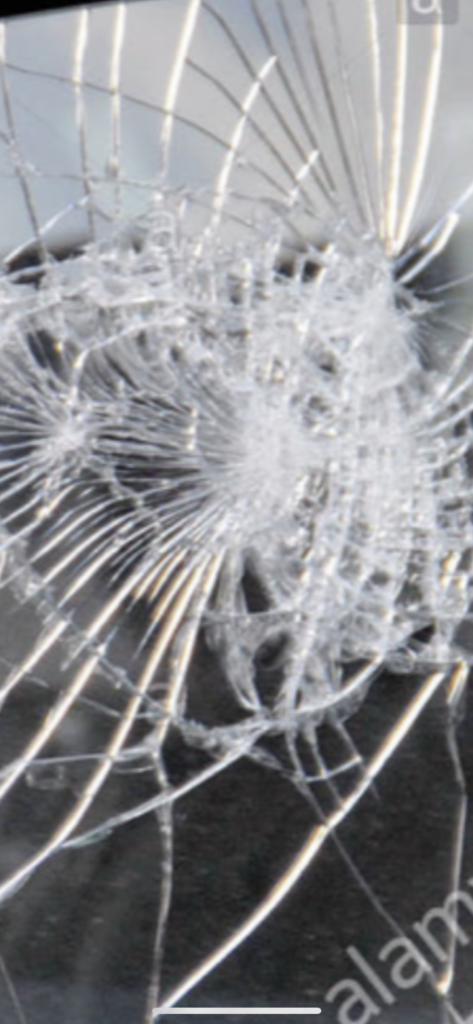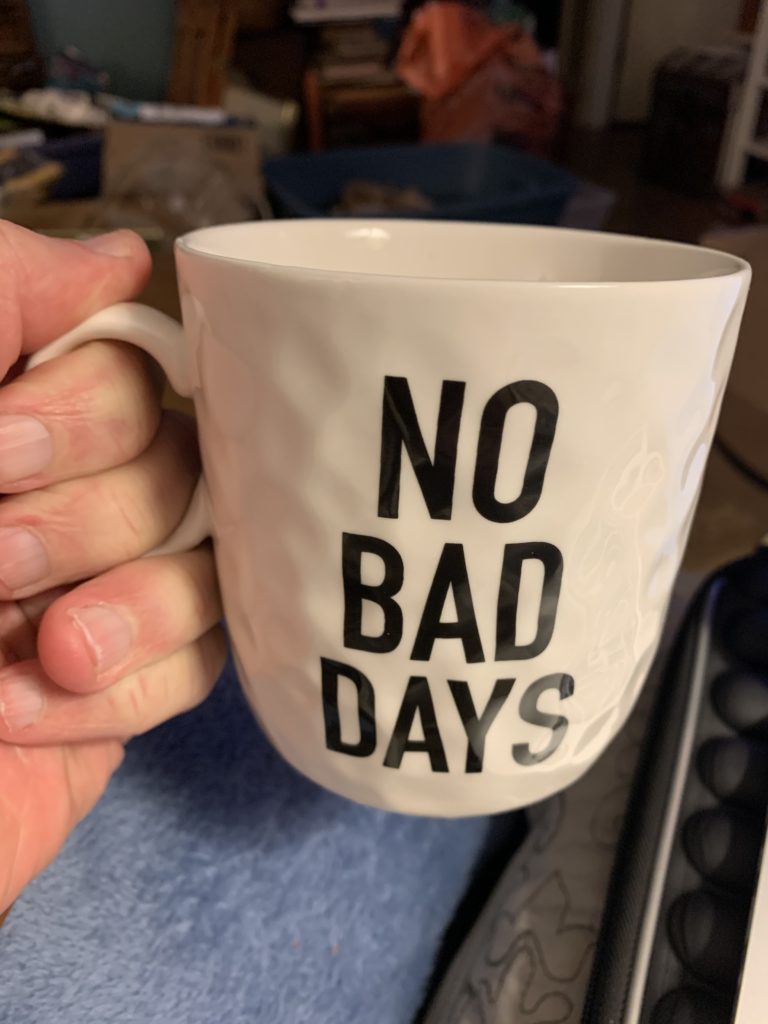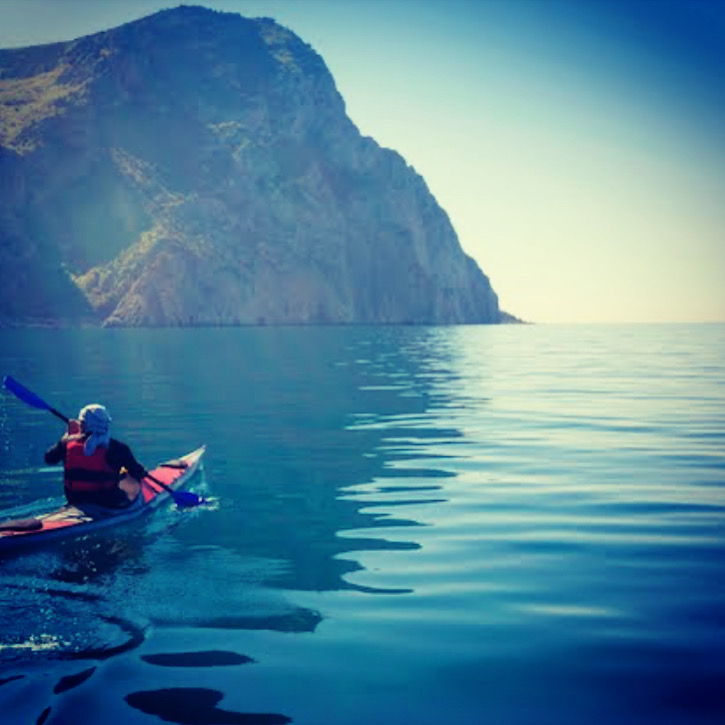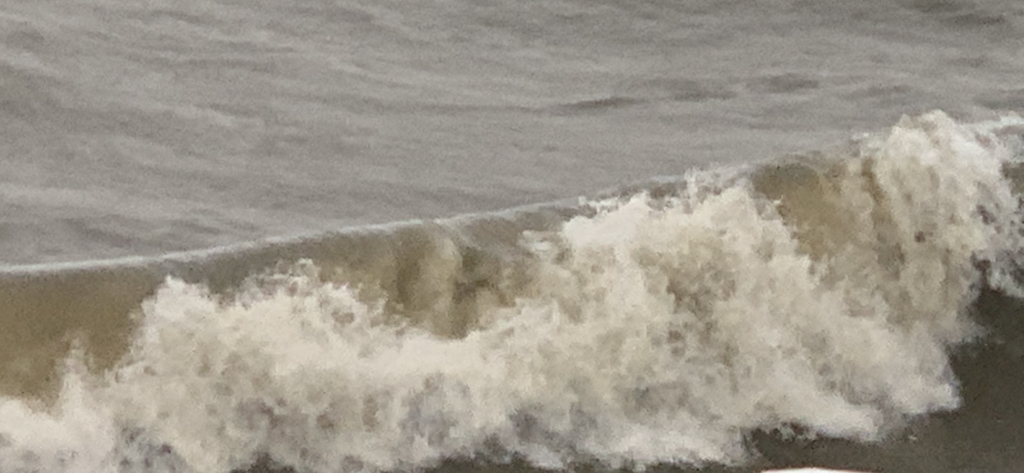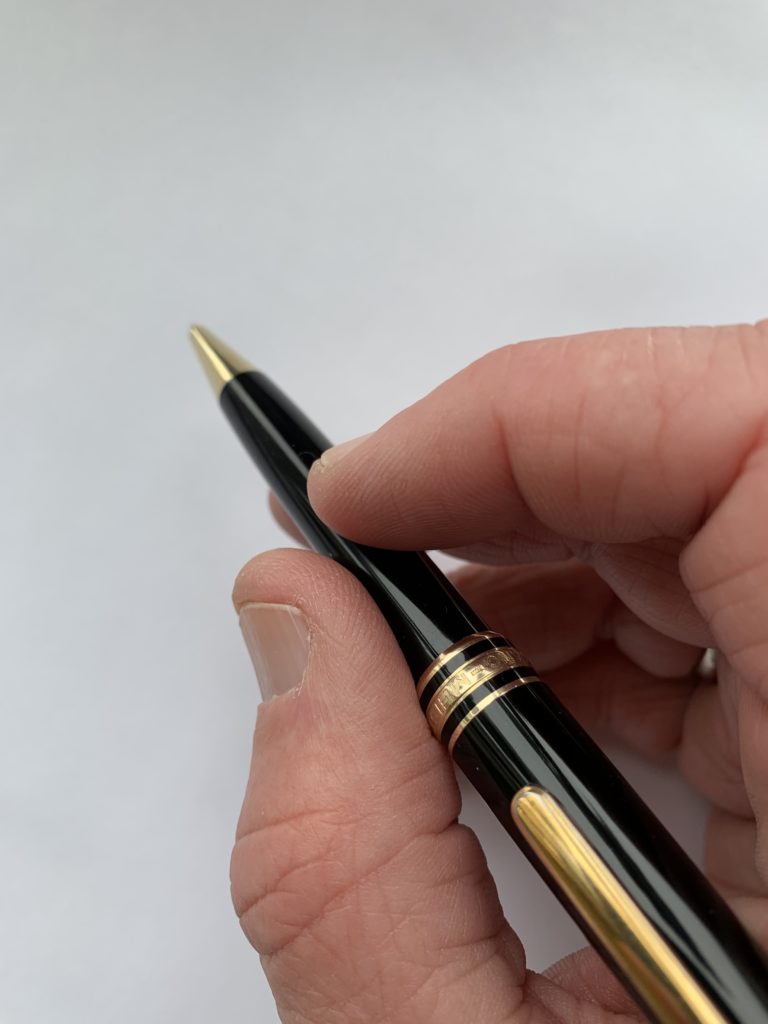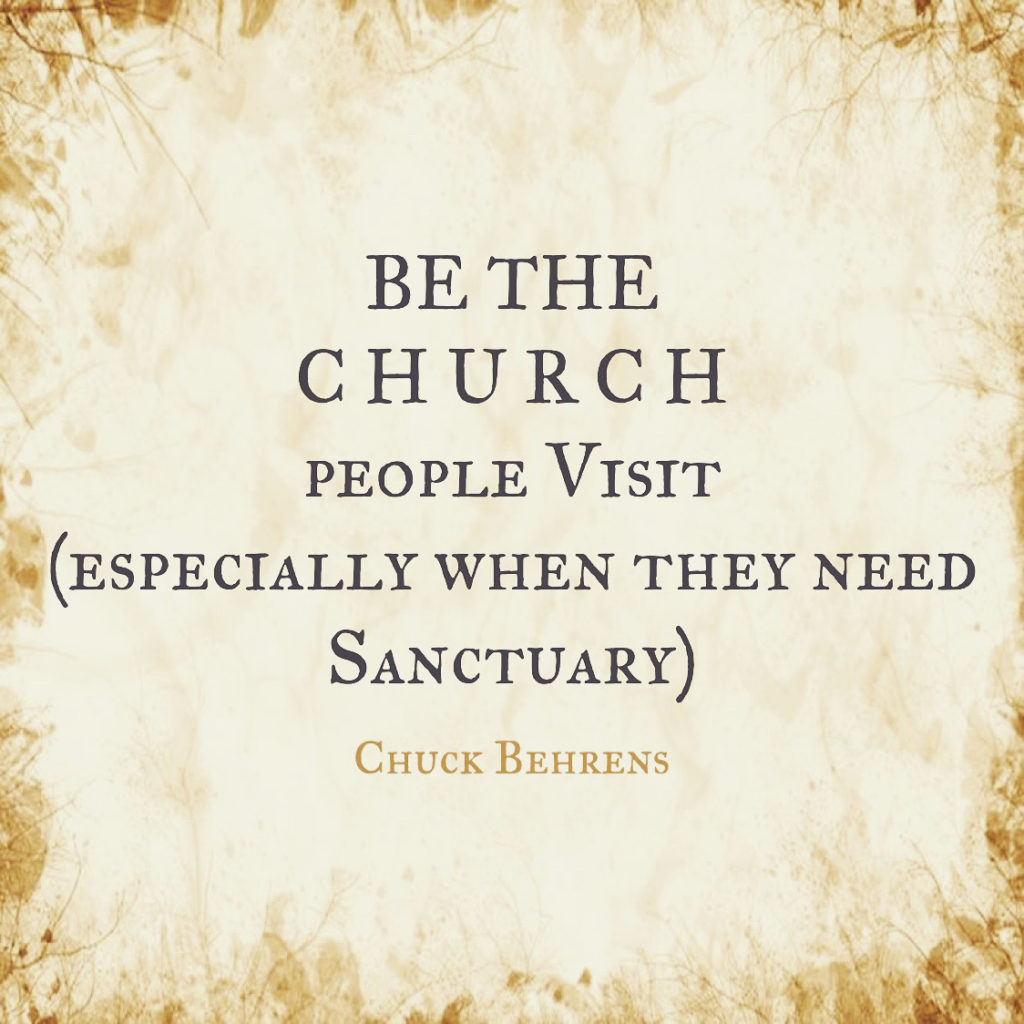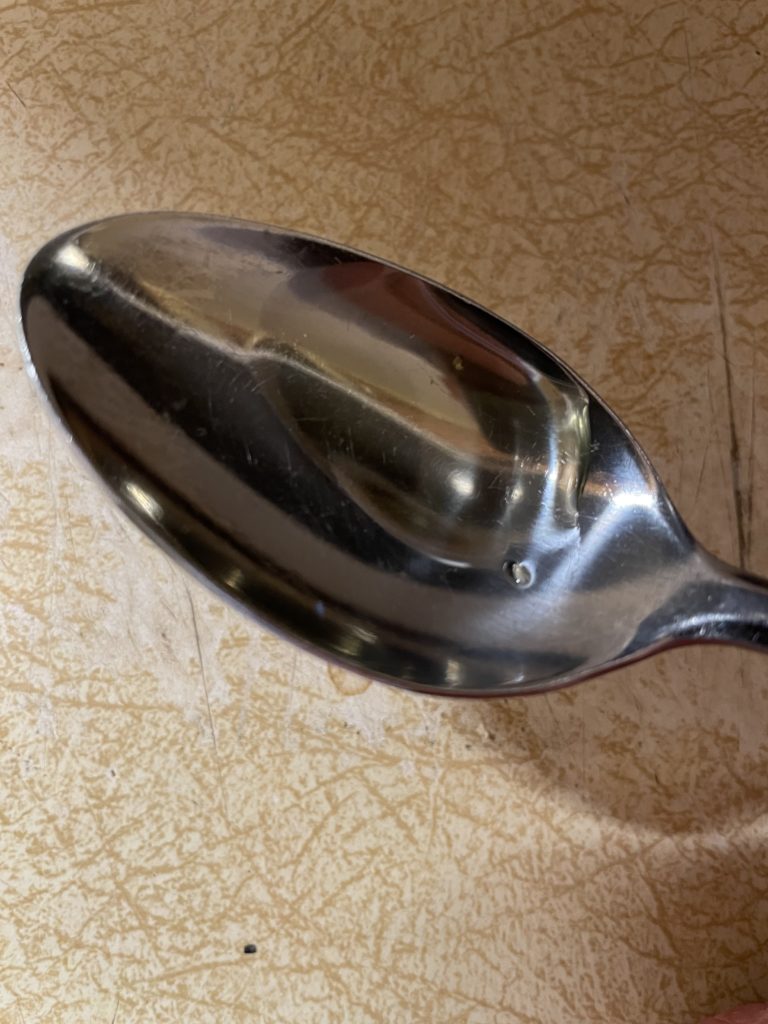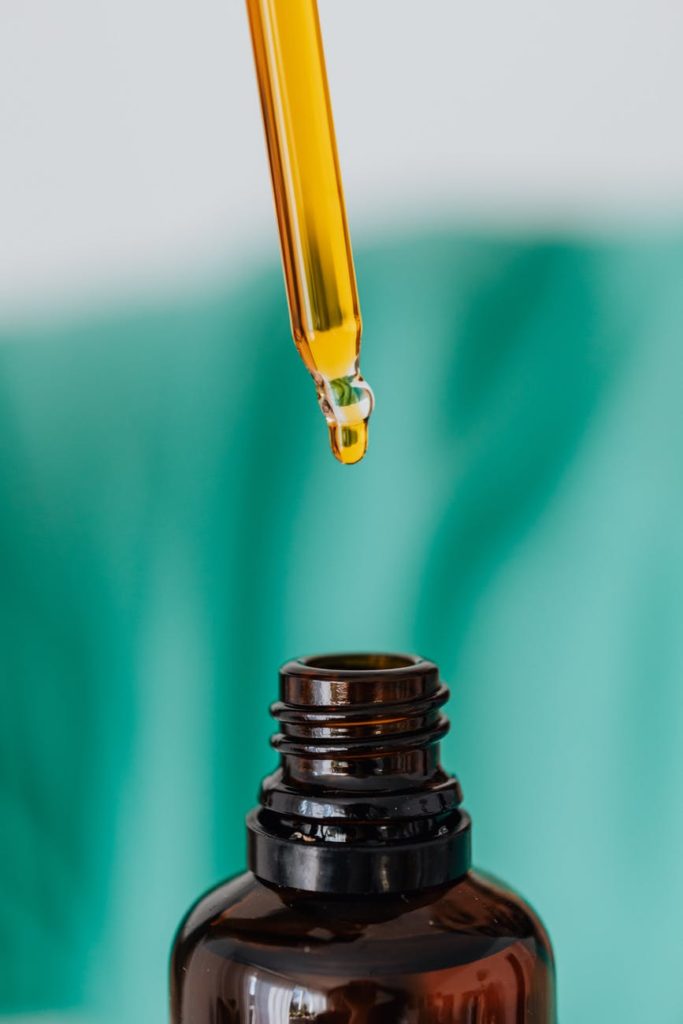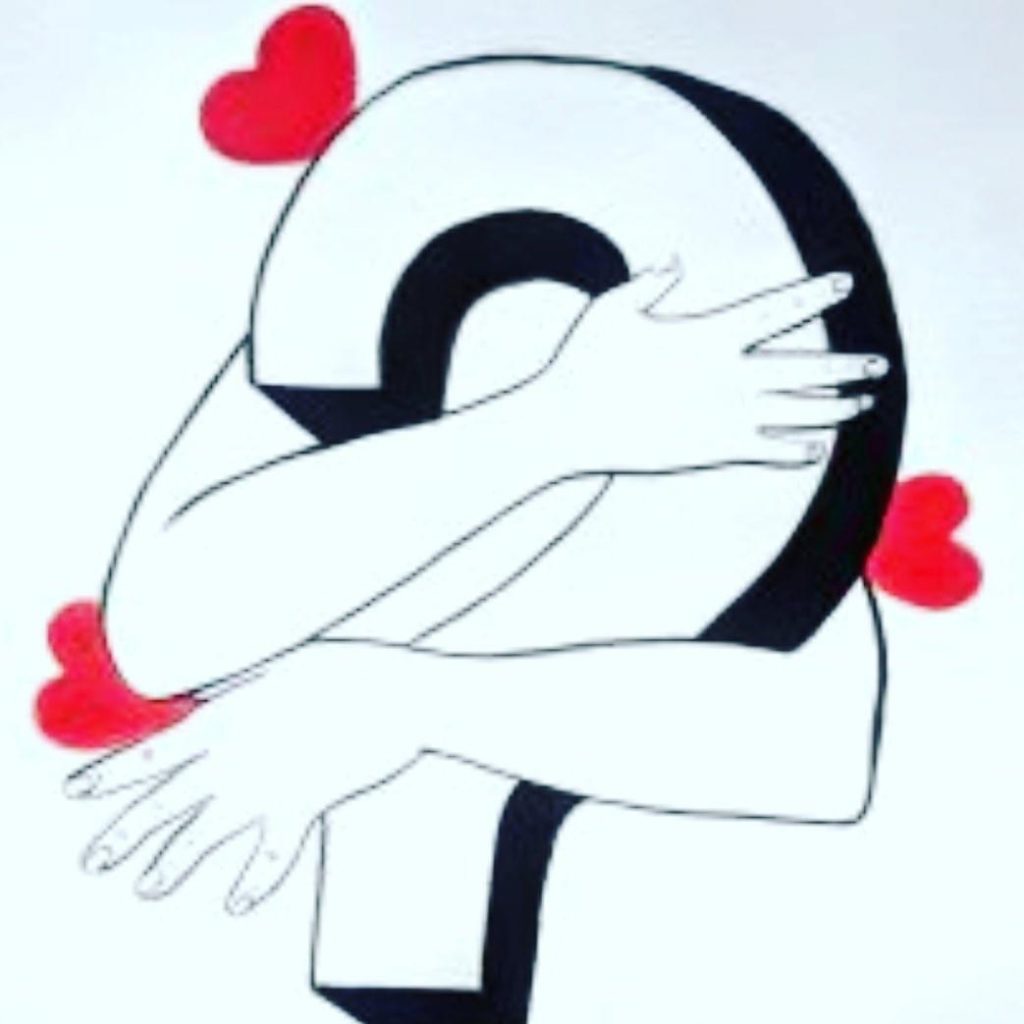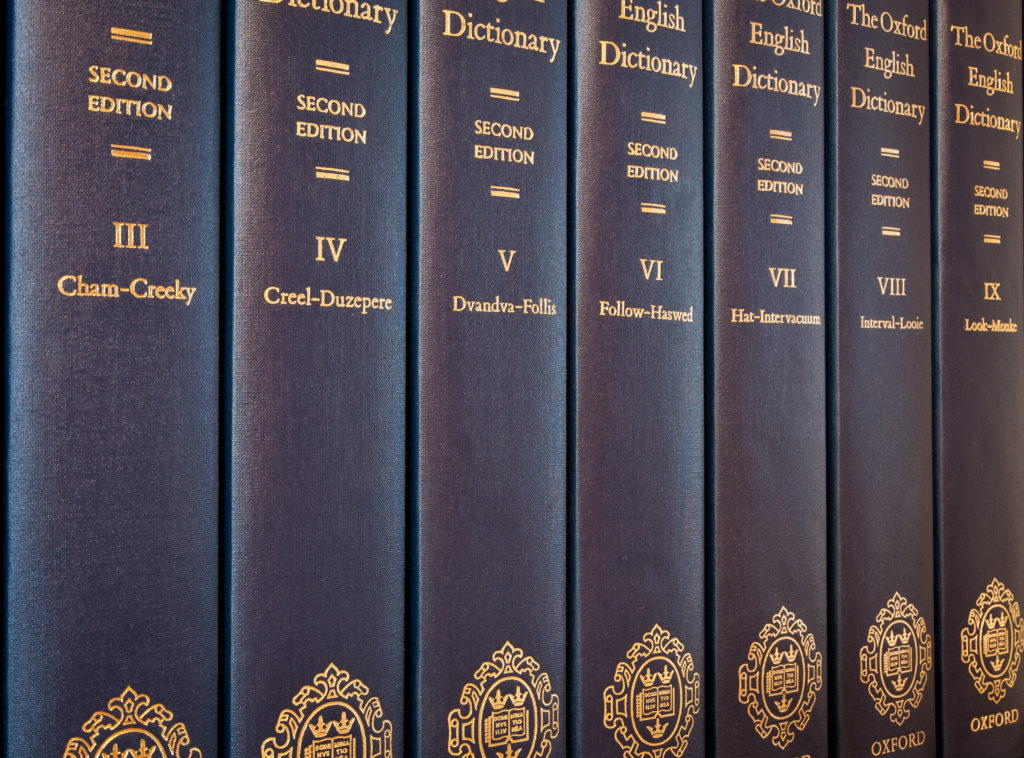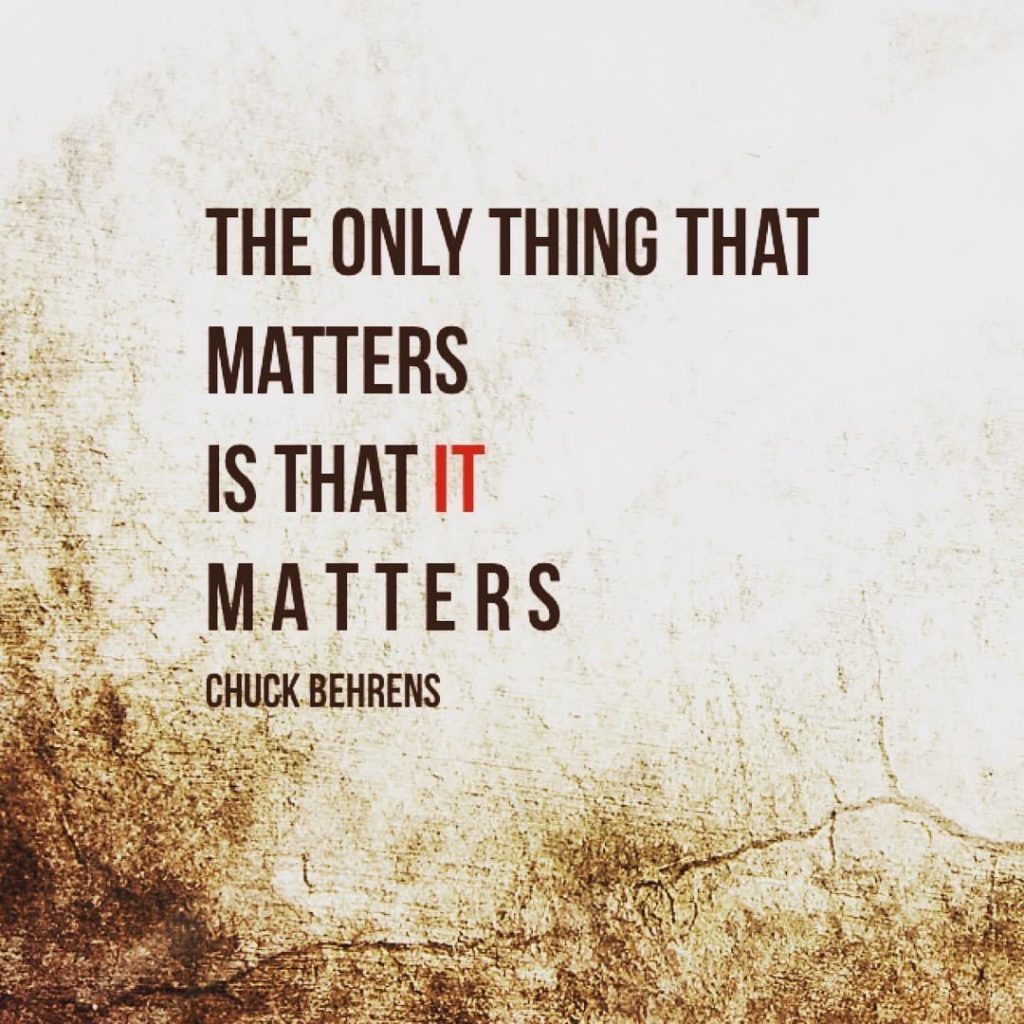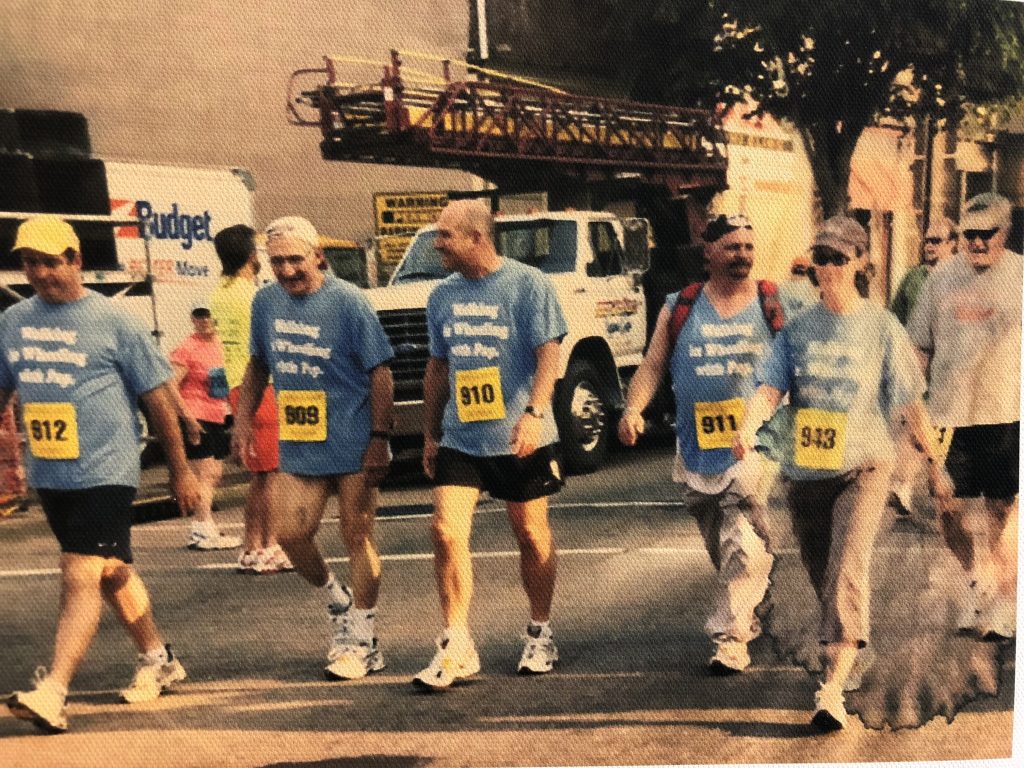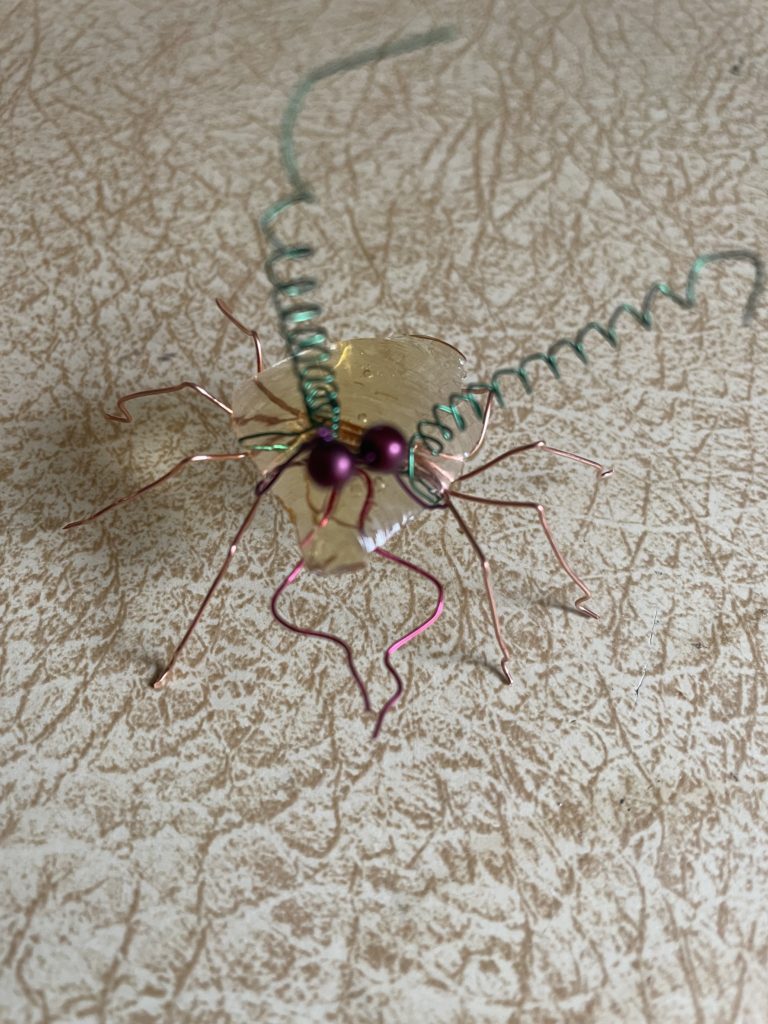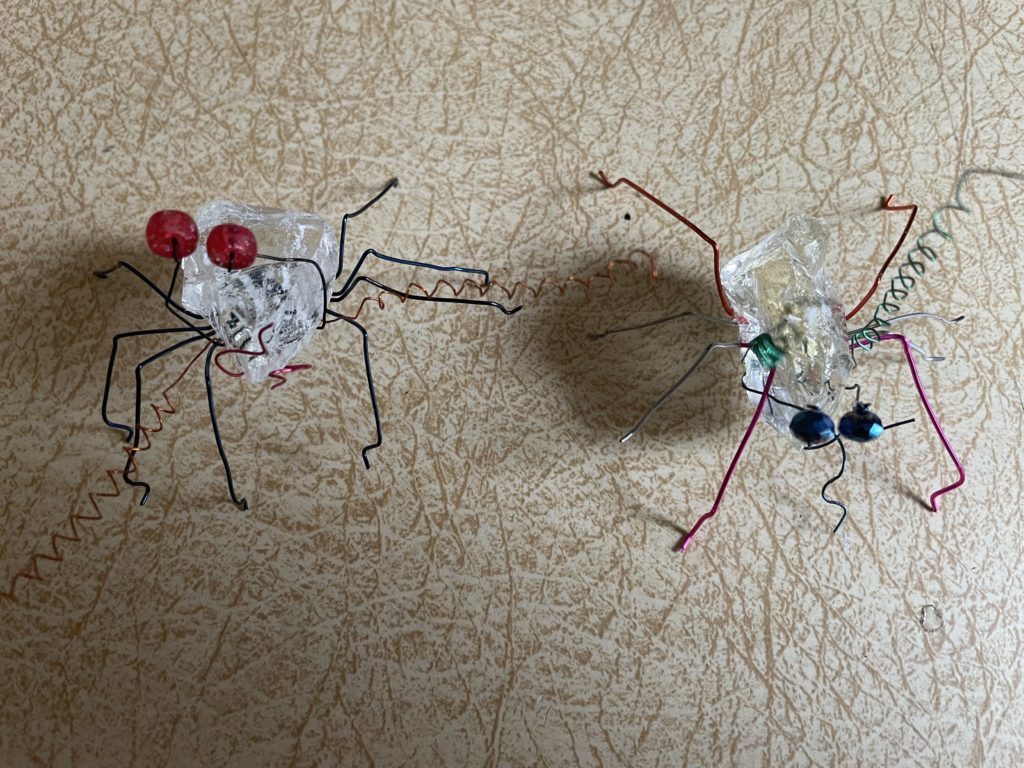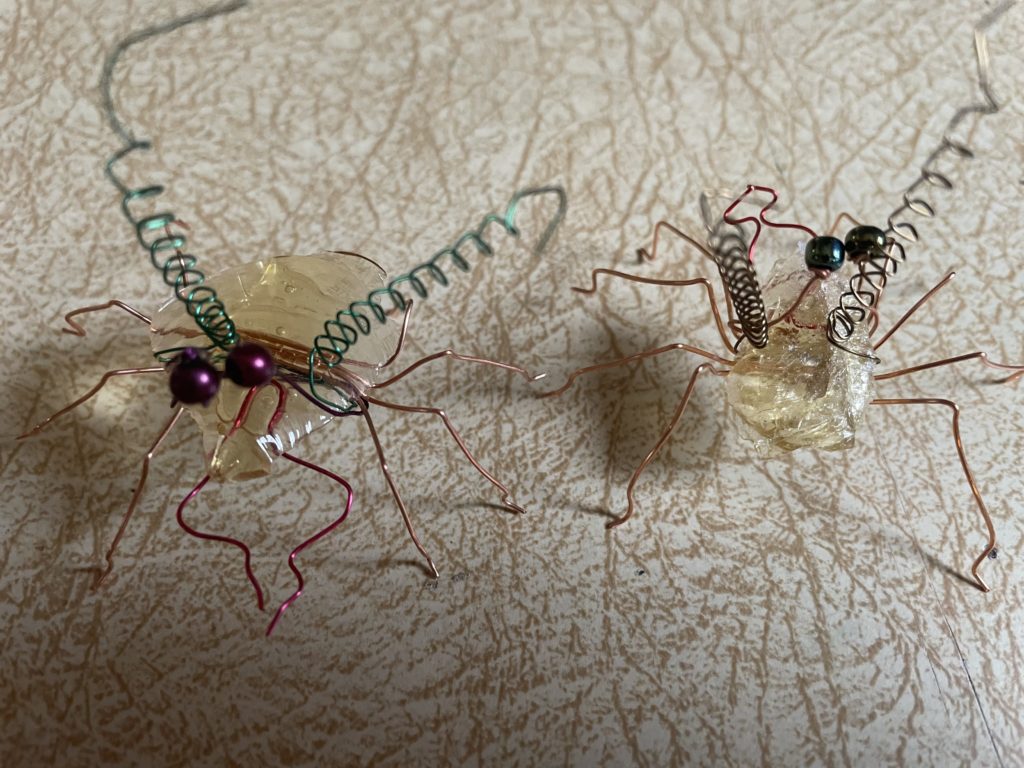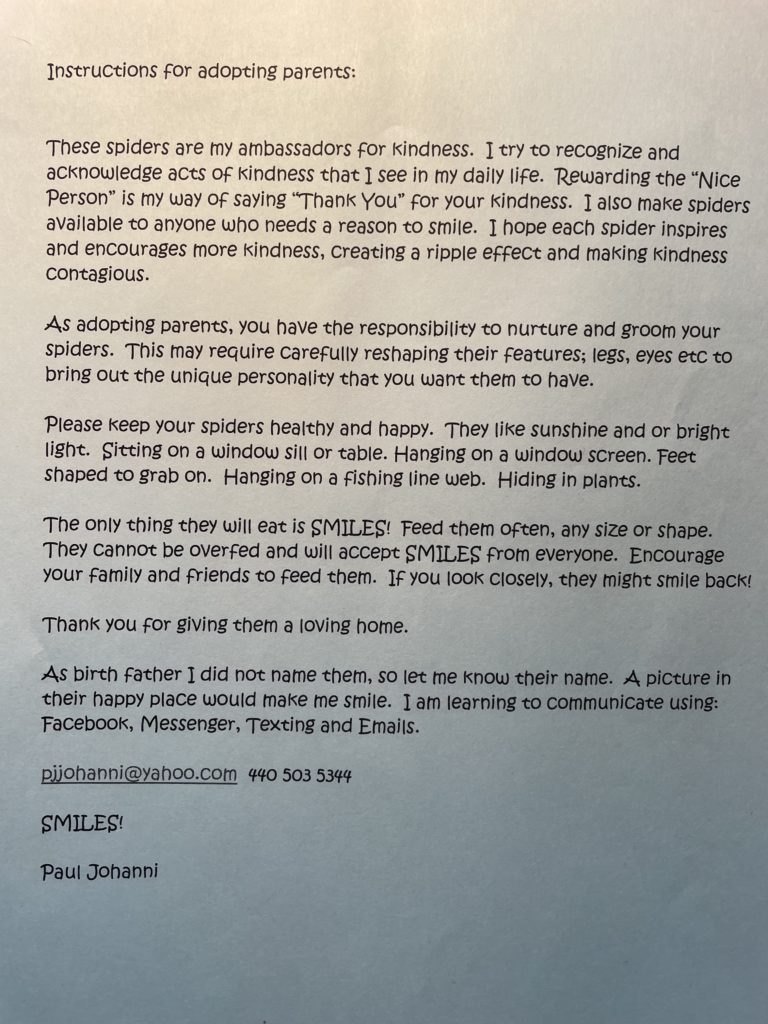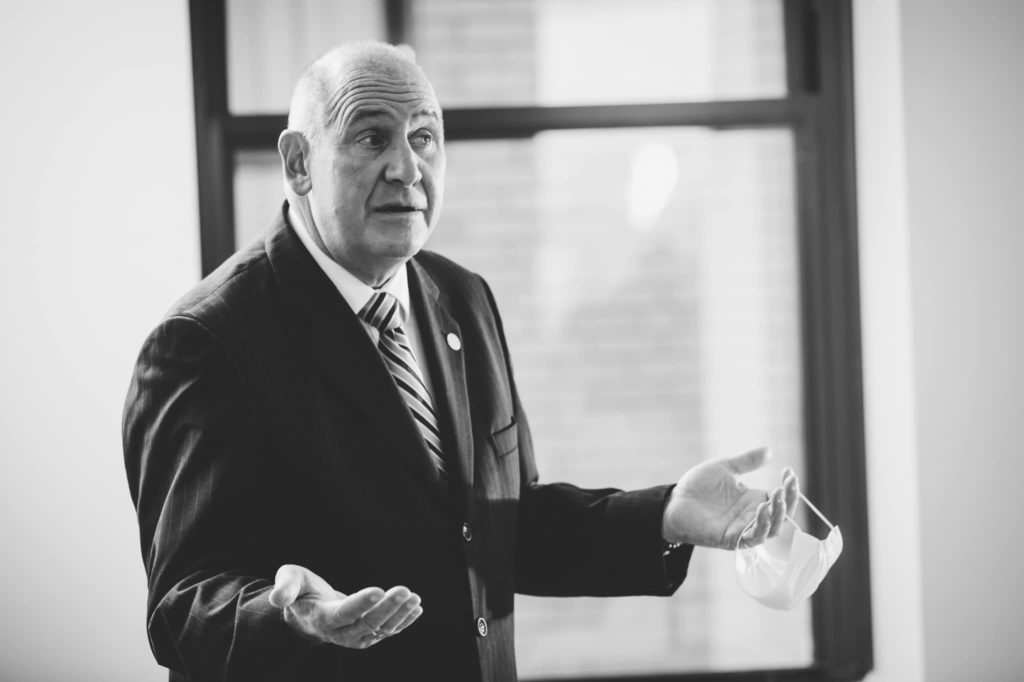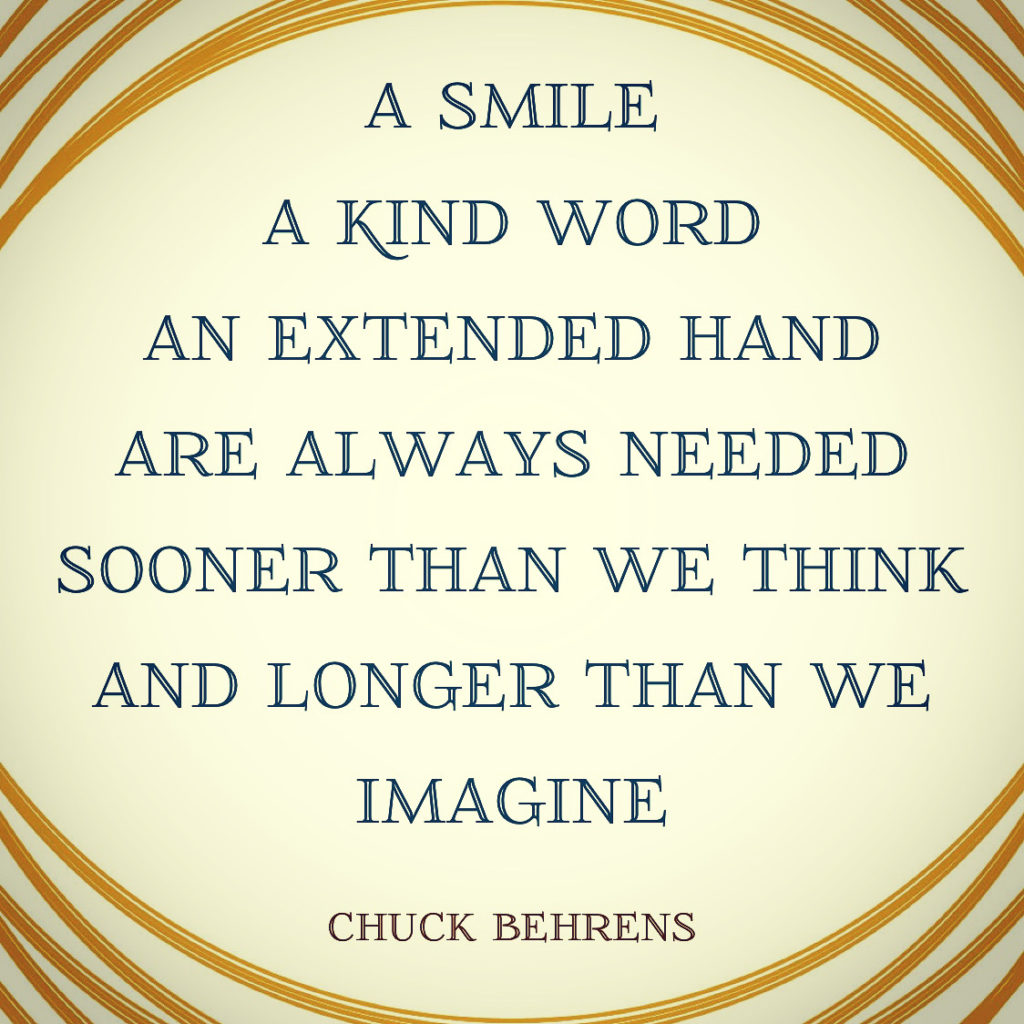C O I N E D .
Sometimes I feel like an old discarded
C O I N
Worn
Weathered
Unnoticed
In open air
Sunning
With the Shine long rubbed away
To no longer reflect
Sun
Moon
Or Star
Just Because
I’m not in a gutter
Doesn’t mean I haven’t been Displaced
Laying there
I scream out dully
I’M NOT S P E N T
PICK ME UP
USE ME
KEEP ME
SAVE ME
COLLECT ME
BUT DON’T WALK BY ME
like all the Others
So remember. . .
The next time you feel like something that doesn’t spend
not worth being picked up
Un-used
Thrown away
Not sought
Walked past
Shunned
YOU ARE THE CHANGE
THAT DOESN’T JINGLE
(only c o u n t s)

